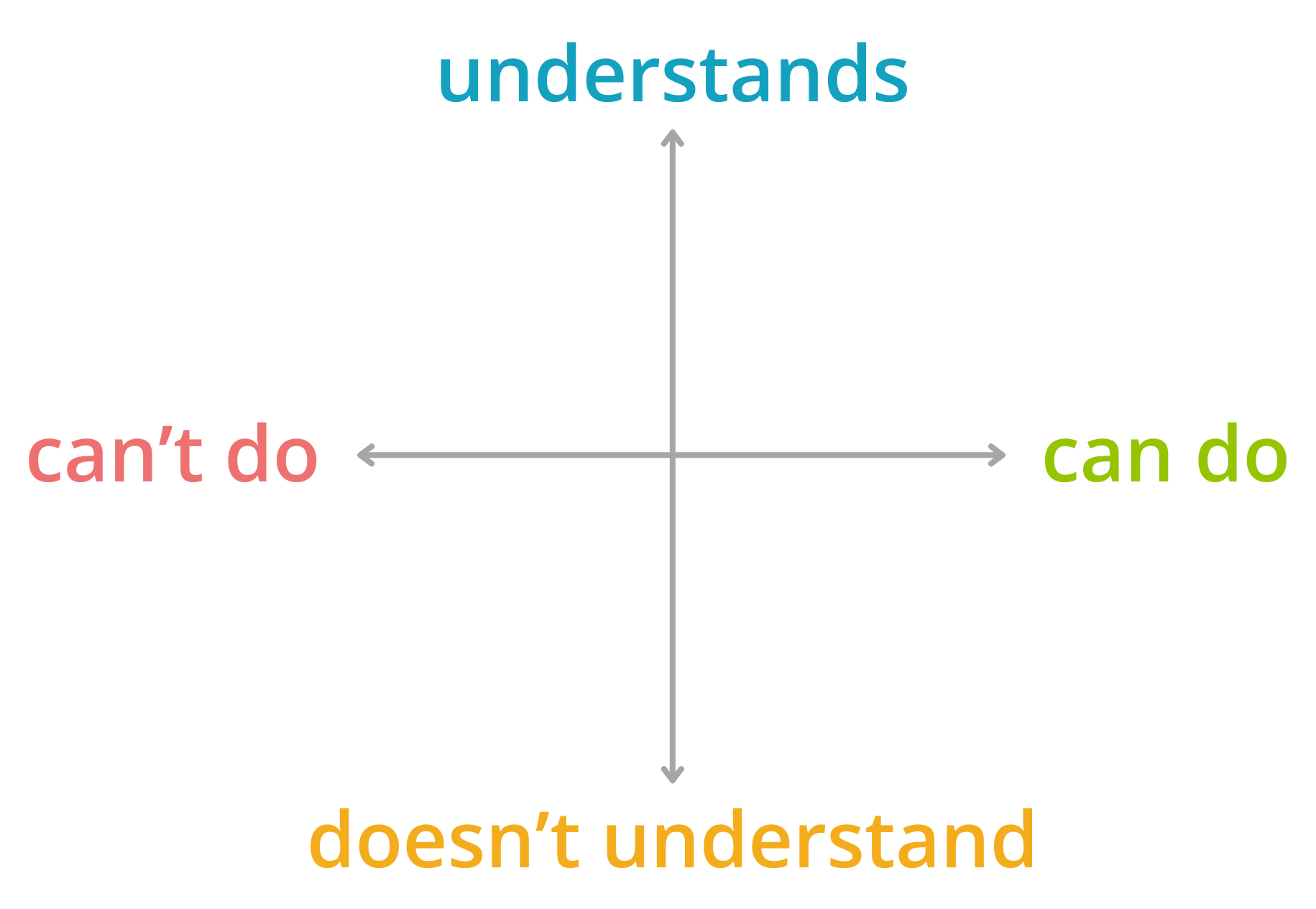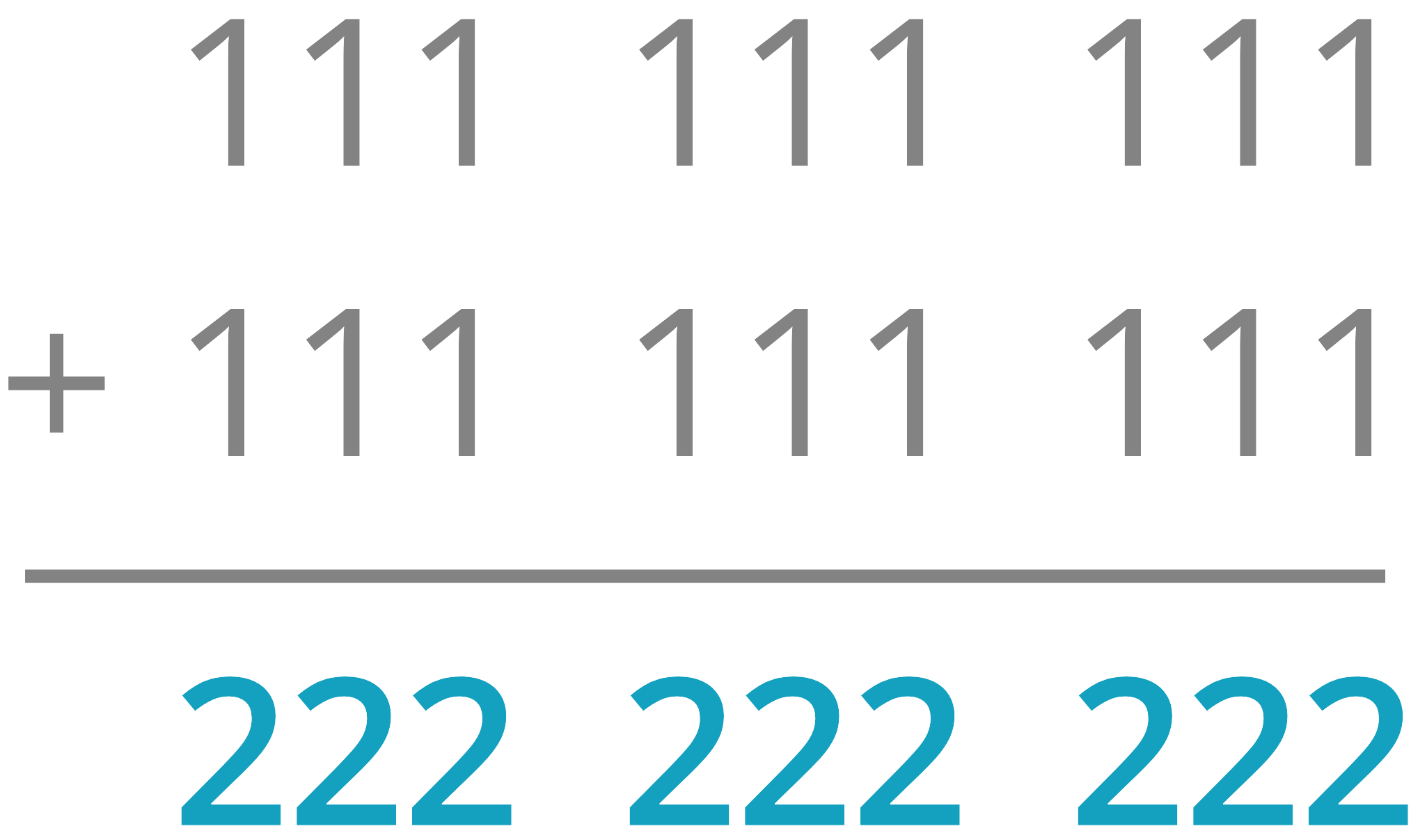The Levebee app helps teachers tailor instruction precisely to the educational needs of the students in their class. Solid foundations make math lessons smoother, more effective, and more enjoyable for both teachers and students. Levebee also identifies which children need more intensive individual support and suggests specific recommendations for working with these students. It provides special educators, co-teachers, or teaching assistants with an adaptive tool for these individual interventions. To maximize educational impact, we recommend integrating the app into the teaching process as follows:
- During the school year, we recommend conducting two comprehensive diagnostics with the whole class. These reveal what needs to be addressed at the class level and identify children who need more intensive individual intervention. For these children, Levebee suggests pedagogical recommendations tailored to their needs. Results give teachers information about the progress students have made since the previous diagnostic in the form of narrative feedback that can be easily shared with parents. With enough devices, a comprehensive diagnostic with the whole class takes about 30 minutes.
- Between comprehensive diagnostics, we recommend running so-called mini diagnostics with the whole class before starting any new key topic. This lets teachers verify whether children are ready to grasp the new material. A whole-class mini diagnostic takes roughly 10 minutes with enough devices.
- Children who need intensive individual support should ideally work in Levebee four times a week for 20 minutes. Research shows that splitting one 80-minute intervention into four 20-minute sessions delivers a four-fold educational effect. If school conditions don’t allow this, Levebee can also be used at home, or you can combine in-school and at-home use. With these children, we recommend an additional comprehensive diagnostic mid-year to measure progress and check the effectiveness of interventions.
You don’t have to start with the full program right away—initially you can use the app just for whole-class diagnostics or only for individual interventions, etc.
Sample implementation schedule
The plan below is only a template—you’ll need to adapt it to your school’s curriculum.
Grade 1
Grade 2
Grade 3
(in preparation)
Comprehensive diagnostic
Mathematical knowledge and skills develop gradually and build on one another. Without solid foundations, success is hard to achieve. Teachers therefore need an overview of learning progress—knowing what knowledge students start with, how their skills evolve, and whether gaps are emerging that could lead to failure. Regular, well-timed comprehensive diagnostics help ensure that whole-class teaching and individual support are precisely targeted and effectively structured. If gaps appear, you need to go back, fill them in—both at class and individual level. This time is never wasted; it pays off when you tackle later topics. For this reason, the implementation schedule is not—and never can be—dogma. Always be guided by your students’ current abilities.
A comprehensive diagnostic takes roughly 30 minutes thanks to an adaptive algorithm that ends the test once it’s clear what the next pedagogical step should be for the child.
You can use the diagnostic at all tiers of pedagogical intervention:
- Tier 1 (whole school) – helps evaluate whether expected outcomes are being met, e.g. after changing teaching methods. Results can also support assessment when using new or alternative approaches.
- Tier 2 (whole class) – maps whether students are ready for instruction, their strengths and weaknesses, and critical points that could cause class-wide failure. It then informs targeted, strategic teaching/intervention adapted to the class or group.
- Tier 3 (individuals) – identifies students at risk in math development whose needs differ significantly from peers, and gives concrete pedagogical recommendations for individual intervention, understandable even without a background in math didactics.
Levebee currently includes these comprehensive diagnostics:
- Early math concepts – knowledge and skills essential for further numerical development
- Addition & subtraction 0–100 incl. number line orientation, understanding the decimal system, additive relations, word problems
- Multiplication & division – understanding concepts, word problems, and fluency in basic facts
When to conduct a comprehensive diagnostic?
We recommend three timings:
- At the start of the school year with the whole class (September/October) – establishes initial learning needs; also recommends which students need intensive individual intervention and suggests how to work with them.
- Mid-year with students receiving individual intervention (January) – checks student progress and intervention effectiveness.
- Before the end of the school year with the whole class (April) – evaluates continuous skill development. There’s still time to close gaps before year-end.
“For me, the summary of class results is especially valuable. It helps me plan lessons—what to focus on. We continuously include topics that children haven’t mastered sufficiently and run the diagnostic again after each unit.”
- Olga, Grade 1 teacher
What does the diagnostic test?
Knowledge supports skills and skills reinforce knowledge; one without the other is ineffective. The app respects this fact, assessing both conceptual understanding and performance fluency. Tasks are generated with slight variations so the diagnostic can be reused without fear of rote memorization.
Student “doesn’t understand but can do”
Although the student doesn’t understand the math problem, they answer correctly. For example, in written addition the student can add millions correctly, which might suggest they understand place value, but they really just know that 1 + 1 = 2.
In this case, the necessary knowledge structure for subsequent topics doesn’t form. The child stores facts without connections and gradually loses earlier knowledge.
Student “understands but can’t do”
The student understands the problem but doesn’t know, for example, multiplication facts and takes a long time to work them out. This is promising long-term, but there’s a risk of overloading working memory.
Student “doesn’t understand and can’t do”
The worst case—the student neither understands nor has the knowledge. You must go back, often far.
Student “understands and can do”
The ideal: the student understands the concept and has the necessary knowledge stored for immediate use, freeing working memory for new challenges.
Each exercise is evaluated separately. If a student achieves over 60 % success, it’s mastered. If not, the importance of the unmastered concept matters—whether it’s an essential skill (e.g. number line terms) or a desirable skill (fluent multiplication facts). The app pinpoints weak spots and proposes solutions.
“The tasks were fun and, with a little help, the children worked almost independently. Surprisingly many didn’t understand number-line terms or the link between quantities and numerals. Thanks to the class summary we know where to focus—building cognitive skills, logical thinking, the number line, comparison, sorting, gradually increasing difficulty, and developing language skills so math difficulties aren’t just misunderstanding instructions.”
Lenka, Grade 1 teacher
How time- and resource-intensive is a comprehensive diagnostic?
With the whole class at once, the test itself takes about 20–30 minutes, fitting into one lesson. Ensure enough devices, ideally tablets with headphones. With fewer tablets, test in groups. Beforehand, charge tablets and log in student profiles via QR codes. Students can work independently, but the teacher should be available for technical issues (e.g. internet outage). Our detailed PDF guide and video demo walk you through the process.
After finishing a comprehensive diagnostic, the student’s exercises in the app are completely replaced to match their needs.
“I have 23 kids and initially planned to test groups of eight. The children were so engaged that, with a colleague’s help, I tested the whole class in one period. Thanks to the simple QR login, everything ran smoothly.”
- Hana, Grade 1 teacher
Mini diagnostic
Mini diagnostics focus on a specific topic and let teachers check whether students are ready for new content before it starts.
When to conduct a mini diagnostic
Run mini diagnostics before each new key math concept. The schedule varies by grade (see implementation plan).
Example:
Before teaching addition & subtraction crossing ten in the 0–20 range, students need to navigate the 0–20 number range, add and subtract within 0–10 and 10–20, and master number bonds to 10.
How time- and resource-intensive is a mini diagnostic?
Technically identical to a comprehensive diagnostic, but shorter. Completing a mini diagnostic does not completely replace a student’s exercise set.
Whole-class intervention
Skills shown as insufficient must be revisited with the whole class—review prior knowledge, build understanding, and immediately connect to context. Comprehensive diagnostic results include tips for activities in and outside Levebee.
Example:
A large part of the class struggles with crossing ten. Check number-line orientation 0–20, addition & subtraction 0–10 and 10–20, and give plenty of practice on number bonds to 10. Levebee has many exercises for projector or interactive board. Only then introduce the crossing-ten concept using “make ten.” Model concretely (e.g. with blocks), gradually removing support to build mental imagery.
Individual intervention
The app currently offers a skills continuum from early math concepts up to 0–100, including number-line understanding, the decimal system, addition, subtraction, multiplication, division, and word problems. The continuum is finely stepped and presented visually so children can discover and then practice skills under guidance.
The app provides exercises based on diagnostics. Students progress, completing sets of 5–10 similar tasks. Success is tracked; once a student masters an exercise three times in a row above 80 %, it’s replaced by the next exercise. This prevents wasting time on tasks they’ve already mastered. Some progress faster, some slower. Teachers can always intervene and manually change exercises.
You can involve school special educators, co-teachers, or assistants. The ideal frequency is four 20-minute sessions a week. Students far behind will need to cover more content in less time, so the teacher must know their secure baseline and build from there. Present new information in manageable chunks to avoid overloading working memory and ensure meaningful connections. Gradually remove scaffolding to foster independence.
Monitor progress continuously and integrate the student into group activities whenever possible.
What about disadvantaged students?
For disadvantaged students who fail to master prerequisite content, proceed in principle the same as with other students who haven’t mastered it—while accounting for the specific disability.
- Students with attention disorders are at high risk in math because it demands working memory, attention, inhibition, and planning (executive functions). Use strategies that focus attention, chunk information, and build long-term memory, proceeding in small cognitive steps (scaffolding).
- Students with developmental language disorder may struggle with number terms and relationships, instructions, and word problems. They need maximum visualization so understanding is built on modeling, with verbal content added.
- Students whose first language differs may struggle with language in instructions or the math concept itself. Levebee offers instructions in 29 languages. If a student succeeds in their mother tongue, the issue is language; if not, it’s conceptual.
- Students with uneven cognitive profiles need very slow progress, maximum visualization, and methodical guidance. “Right first time” is key because they won’t easily unlearn incorrect strategies.
- Socially disadvantaged students may face various learning difficulties from an unstimulating environment, language barriers, executive-function issues, or cognitive weakness. Identify their true baseline and systematically build new knowledge, providing ample visualization and practice.
- Students with dyscalculia should not be given up on. Find their knowledge base and build from there. Often it’s simply early-school immaturity and unaddressed gaps. Use the same strategies as above.
- Students on the autism spectrum require structured, visual approaches. Guide attention, chunk tasks, provide frequent practice, avoid working-memory overload, and expect word problems to be very challenging.
What about gifted students?
If a student shows mathematical talent, the priority is keeping them engaged and enjoying discovery. They should be able to develop beyond standard lessons. Increase task difficulty and foster creativity and logical thinking. One path is deepening understanding through new contexts; another is accelerating through content faster than peers.



